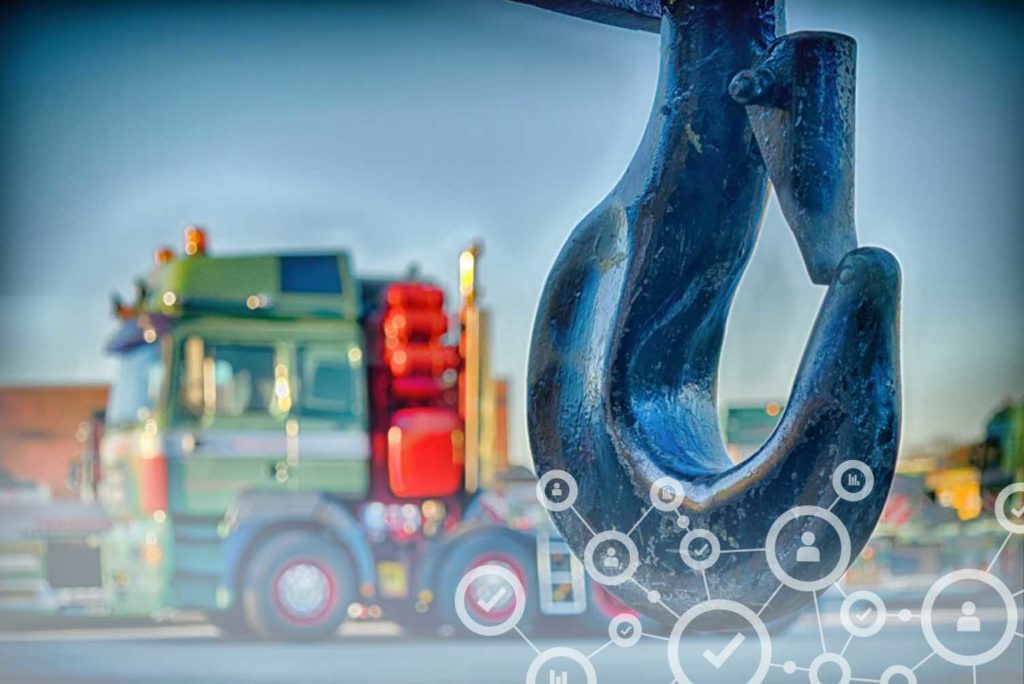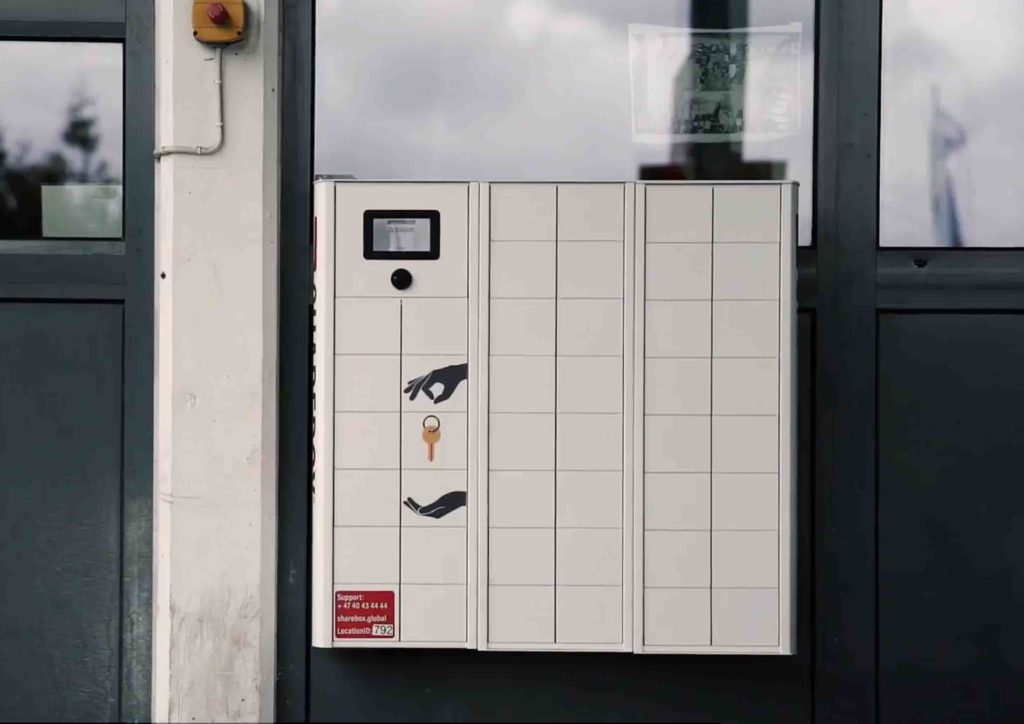Asset tracking is a vital component of rental management, enabling businesses to monitor and manage their inventory efficiently. In the fast-paced world of rentals, keeping track of assets such as equipment, vehicles, and tools ensures operational efficiency and maximizes profits. This guide will delve into the key aspects of asset tracking and how it integrates seamlessly with rental software solutions like those offered by Sharefox.
What is Asset Tracking?
Asset tracking refers to the method of monitoring and managing physical assets, whether through barcode scanning, GPS tracking, or RFID technology. This process helps rental businesses keep a real-time overview of their inventory, ensuring that assets are used efficiently, maintained regularly, and returned on time.
Benefits of Asset Tracking for Rental Businesses
- Improved Inventory Management: Asset tracking allows businesses to maintain accurate records of where each item is located, its current status, and its history of usage. This level of visibility is crucial in reducing the risk of loss or theft and ensuring that items are available when needed.
- Enhanced Operational Efficiency: With real-time tracking, businesses can streamline operations, reduce downtime, and optimize the utilization of assets. This leads to better service delivery and customer satisfaction.
- Cost Savings: Effective asset tracking reduces the chances of overstocking or underutilizing assets, thereby saving costs associated with unnecessary purchases or missed opportunities.
- Maintenance and Compliance: Keeping track of assets ensures they are regularly maintained and comply with industry standards, reducing the risk of equipment failure and ensuring safety.
For rental businesses looking to integrate asset tracking into their operations, Inventory Rental Management System is a comprehensive solution that ensures efficient tracking and management of all rental assets.
How Asset Tracking Integrates with Rental Software
Rental software platforms like Sharefox are designed to seamlessly integrate asset tracking into their systems. This integration allows rental companies to manage their entire operation from a single interface, enhancing efficiency and reducing manual errors.
Key Features of Asset Tracking in Rental Software
- Real-time Tracking: With integrated GPS and RFID technology, businesses can monitor the location and status of assets in real-time, ensuring optimal usage and timely maintenance.
- Automated Inventory Updates: Asset tracking systems automatically update inventory levels as items are rented out or returned, reducing the need for manual input and minimizing errors.
- Maintenance Scheduling: Rental software can be programmed to schedule maintenance based on usage data, ensuring that assets are always in peak condition and reducing the likelihood of unexpected breakdowns.
- Reporting and Analytics: Detailed reports on asset utilization, maintenance history, and rental trends help businesses make informed decisions about their operations and investments.
To explore how these features can benefit your rental business, consider booking a demo with Rental Software Solutions and see how asset tracking can enhance your operations.
Asset Tracking Technologies for Rental Businesses
The technology behind asset tracking has evolved significantly, offering rental businesses a range of options to suit their specific needs.
1. Barcode and QR Code Tracking
Barcode and QR code tracking are among the most cost-effective methods for managing assets. Each asset is tagged with a barcode or QR code, which can be scanned to provide instant information about its location, status, and history.
2. GPS Tracking
GPS tracking is particularly useful for managing high-value or mobile assets such as vehicles or large equipment. GPS devices attached to these assets provide real-time location data, allowing businesses to monitor usage and prevent unauthorized use.
3. RFID Tracking
RFID (Radio Frequency Identification) is a more advanced tracking method that uses electromagnetic fields to identify and track tags attached to assets. RFID is ideal for environments where quick scanning and long-range tracking are required.
For businesses managing large fleets or high-value assets, integrating Equipment Rental Software with GPS and RFID tracking can significantly improve asset management and operational efficiency.
Implementing Asset Tracking in Your Rental Business
Implementing asset tracking in your rental business involves several steps, from choosing the right technology to integrating it with your existing systems.
1. Assess Your Needs
Before implementing asset tracking, it’s essential to assess your business’s specific needs. Consider the type of assets you manage, the scale of your operations, and your budget. This assessment will help you choose the most appropriate tracking technology and software.
2. Choose the Right Technology
Select a tracking technology that aligns with your business requirements. For example, if you manage a fleet of vehicles, GPS tracking may be the best option. If you deal with a large inventory of smaller items, barcode or QR code tracking might be more suitable.
3. Integrate with Rental Software
Integrating your chosen tracking technology with rental software like Sharefox ensures a seamless operation. This integration allows you to manage all aspects of your rental business from one platform, reducing the need for manual processes and minimizing errors.
4. Train Your Staff
Proper training is crucial for the successful implementation of asset tracking. Ensure your staff is familiar with the new system and understands how to use it effectively. This training will help maximize the benefits of asset tracking and improve overall efficiency.
5. Monitor and Optimize
Once the asset tracking system is in place, continuously monitor its performance and make adjustments as needed. Regularly review reports and analytics to identify areas for improvement and optimize your operations accordingly.
Implementing asset tracking is a significant step towards improving the efficiency and profitability of your rental business. By choosing the right technology and integrating it with a robust rental management system, you can ensure your assets are always in the right place at the right time.
FAQs
- What is asset tracking in rental management? Asset tracking in rental management refers to monitoring and managing physical assets, such as equipment and vehicles, using technologies like GPS, RFID, or barcode scanning.
- How does asset tracking benefit rental businesses? Asset tracking enhances inventory management, reduces operational costs, improves efficiency, and ensures timely maintenance, ultimately leading to increased profitability for rental businesses.
- What technologies are used for asset tracking? Common technologies include barcode/QR code scanning, GPS tracking for mobile assets, and RFID for long-range tracking and quick scanning of inventory.
- Can asset tracking integrate with rental software? Yes, asset tracking can seamlessly integrate with rental software like Sharefox, providing real-time data, automated updates, and comprehensive reporting for efficient management.
- How do I choose the right asset tracking system? Assess your business needs, considering factors like the type of assets, budget, and operational scale, to choose a tracking system that best fits your rental business.
- Is training required for asset tracking implementation? Yes, proper training is essential to ensure staff can effectively use the asset tracking system, maximizing its benefits and improving overall business efficiency.

